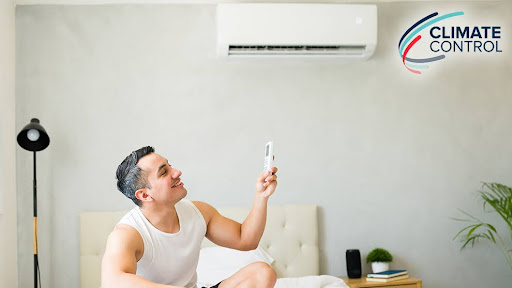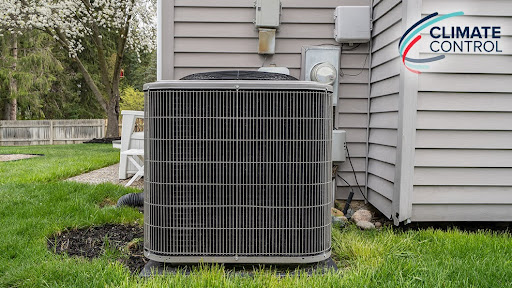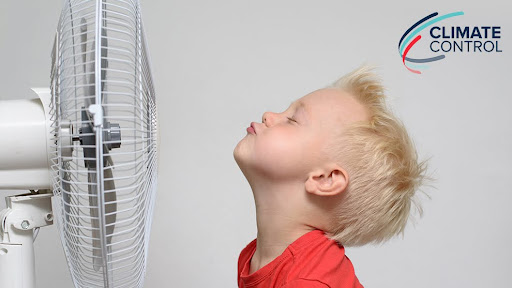Whether you use a forced-air system for cooling or heating, all work on the same principle. All use ducting to distribute the cooled or heated air to rooms in your home and then route return air back to the heating and cooling equipment. Heat pumps, air conditioners and furnaces are the most common types of equipment using a forced-air system.
Anatomy of a forced-air system
All these units use natural and mechanical elements to heat and cool your Western Colorado home. There are basics to every forced-air system, whether running an electric-powered heat pump or a furnace using natural gas, oil, propane or electricity:
- Air handler – This component blows heated or cooled air through the ducts into the living space of your home. The air handler is a fan that blows air across evaporator coils for heat pump operation or through a plenum where heated air from furnace combustion collects.
- The furnace, heat pump or A/C – Whichever you use, this is the equipment that heats of cools the air that moves though your ducts.
- Incoming registers – These are attached to the ends of ducts that deliver conditioned air to different rooms in your home.
- Return vents – After air circulates, the air near the floor enters these vents. It is pulled into your equipment by the blower fan, passes through the filtration system and is moved through the system again to be heated or cooled and returned to your living spaces.
- Thermostat – This is the main control that sets the temperature where your furnace, A/C or heat pump will kick on.
A properly operating forced-air system works to channel air to the proper places at the proper times, keeping your home and its occupants comfortable.
Although the concept of the forced-air system is simple, all the components must work together to make it functional. If you have questions about your system, please contact the pros at Climate Control Company. We’re always happy to answer your questions or explain details you may not understand.
Our goal is to help educate our customers in Aspen, Vail and the surrounding Western slope communities in Colorado about energy and home comfort issues (specific to HVAC systems). For more information about forced air systems and other HVAC topics, please visit our website.
Image courtesy of Shutterstock






